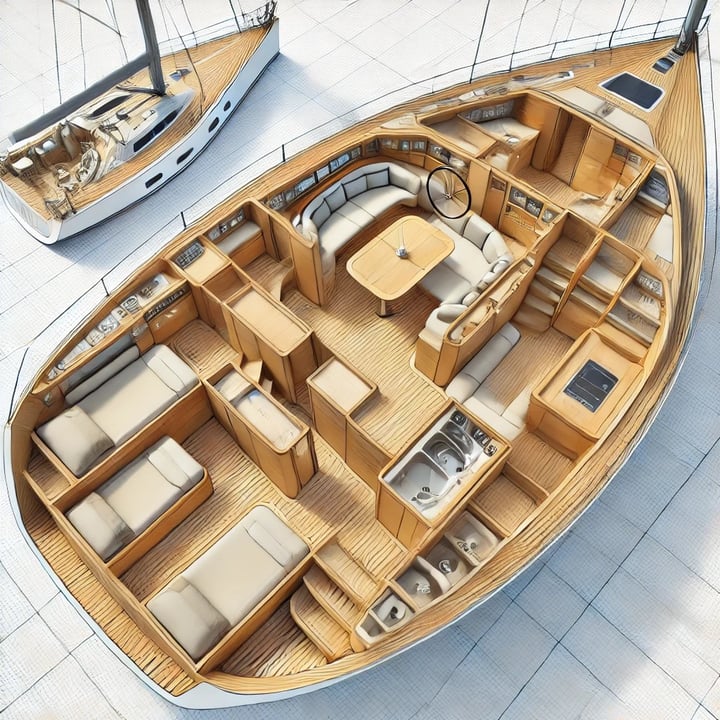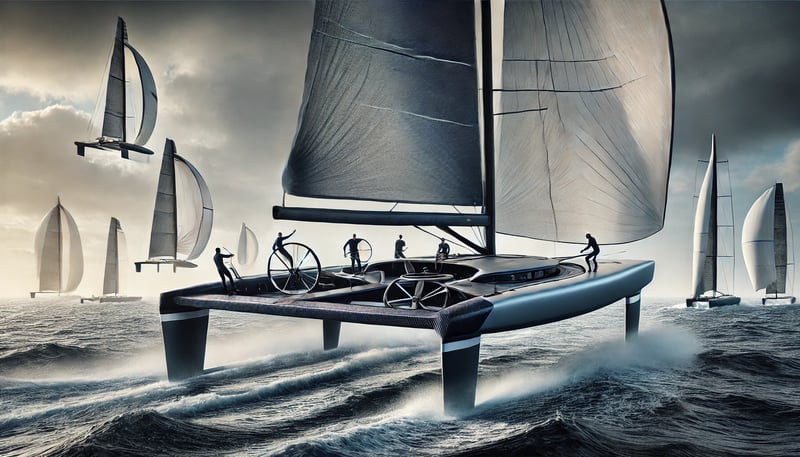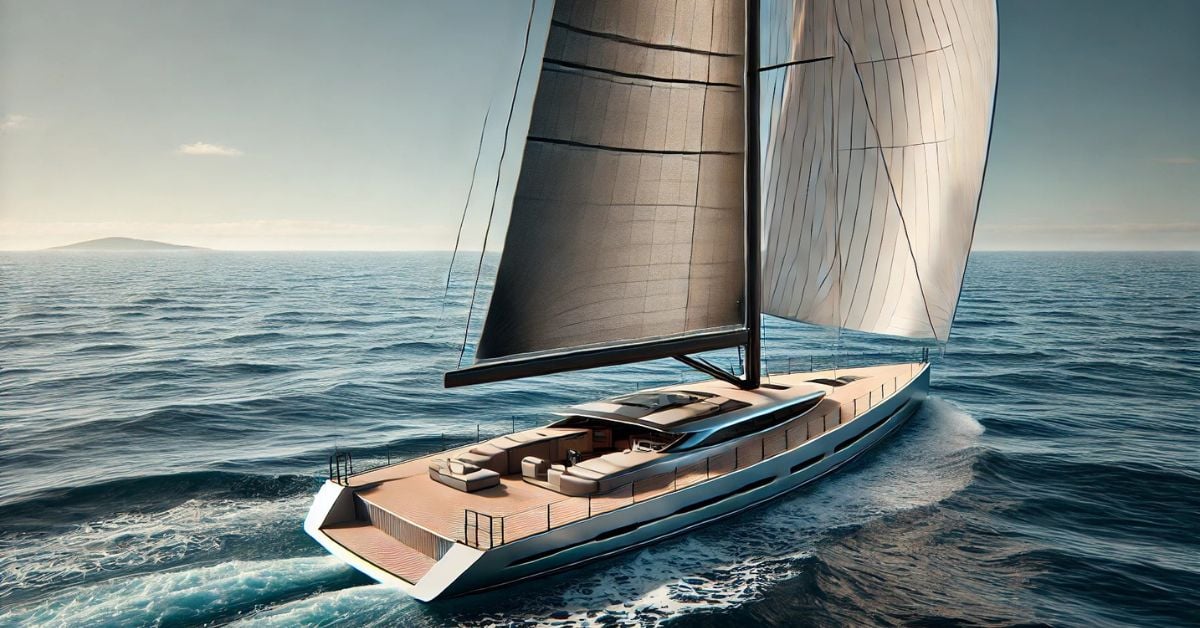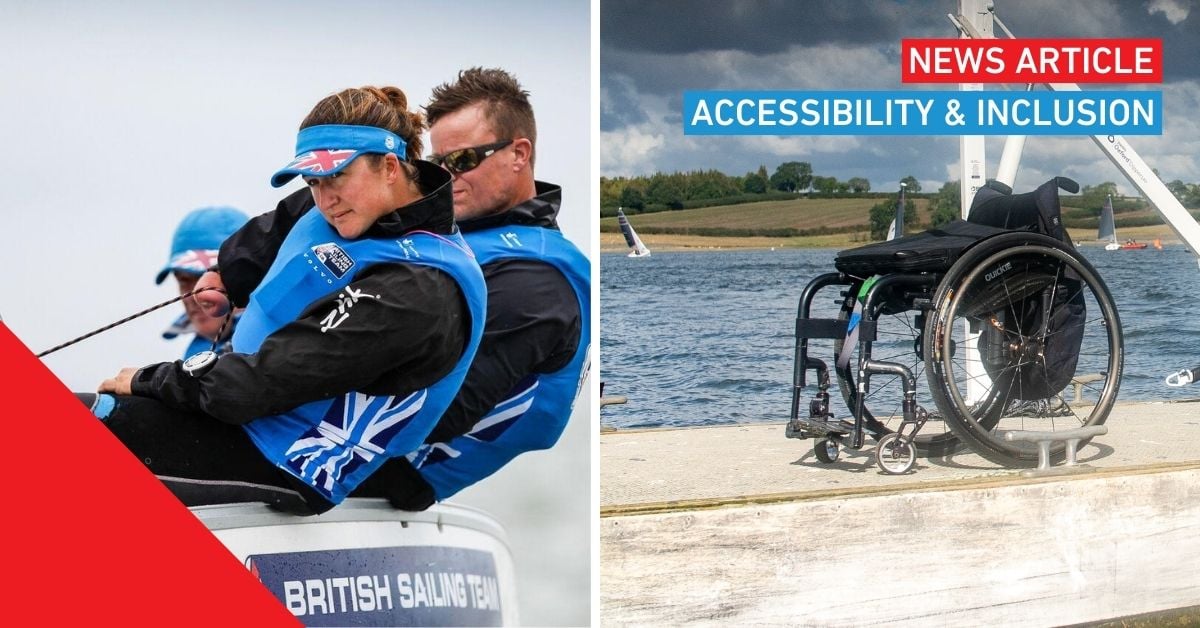Yacht design: A.I. is not accountable
Useful tool offers countless options and fast imaging – for people to verify
Artificial Intelligence can not design yachts, but it can be used to run calculations when looking for optimisation of elements within yachts. Designers use it. However, verification is always required. As the neural networks – often named A.I. - use a multitude of databases, how can one be sure there are no false data? For comparison of design options and for image creation, A.I. adds real value.
This article focuses on the use of A.I. by yacht designers. A brief exploration of A.I. applications in yacht equipment is presented in earlier articles, like this one:
https://www.metstrade.com/news/emerging-technologies/articicial-intelligence-is-your-skipper
Computers are really much better than humans in repeating a task over and over. Asking a computer to generate a lot of variations of a preliminary design can result in a myriad of possibilities to compare in seconds. Yacht designers use this unhuman capability in their process to achieve an optimum for various properties of a yacht, like hydrodynamics, interior lay-out or energy management.
Understanding limits
Asking the most popular artificial intelligence application Open A.I. to design a sailing yacht from scratch, immediately shows that this advanced algorithm for searching meaningful connections on the internet, is not able to identify basic conditions for sailing. Sure, the image presented looks like a sailing yacht but the sails may have their camber into the wind. What the computer presents, is clearly an interpretation derived from a lot of images found online without understanding the essence. It may be good for a laugh. So how can yacht designers effectively use A.I. to improve their design process and their yachts?

These images are the results of Open A.I. when asked to design: “A sailing yacht interior with four cabins, a central salon with a galley.”
Balancing innovation and caution
Adrian Budde from superyacht design studio Espen Ønio analyses: “Artificial Intelligence supports various stages of the design process, from initial concept generation to final detailed renderings. AI automates repetitive tasks, generates innovative design variations, and assists in data-driven decision-making. While these technological advancements have greatly enhanced efficiency and creativity, I would also like to issue a warning against an over-reliance on technology.” In a lecture on the use of A.I. in Yacht design, Budde concludes: “The integration of AI into yacht design offers both opportunities and challenges. While AI enhances efficiency and creativity, its impact on the traditional design process requires careful consideration to avoid a superficial approach. AI makes it easier to explore multiple design variations rapidly. However, this capability can also be overwhelming for both designers and clients, as the sheer volume of possible variations may complicate decision-making. Beyond image generation, AI plays a valuable role in various other areas during the concept development phases, layout optimisation, research tasks, and automating repetitive tasks. These applications make AI a versatile tool that enhances both the creative and technical aspects of yacht design.”
Designers' tools
Designers share their experiences and tip each other by addressing the tools they use. Budde identifies Unreal Engine, a programme developed in the gaming industry, is a powerful tool to make realistic images, including detailed backgrounds. Vizcom is a tool that can make realistic renders, based on initial design sketches. This helps designers to translate an initial idea into a quite presentable rendering that can be shown to a client and verify if this idea meets the wishes for the yacht. Going from some lines to a complete 3D model requires decision making, that is what basically distincts A.I. from the more traditional programmes, that only execute what the designer instructs.
Concept creation
Industrial designer Scott Henderson, not specialised in yacht design, used A.I technology Midjourney 5.1 to create a whole idea for a modern superyacht. “The process begins by uconsidering key features of next-generation charter superyachts, such as large sun deck, helicopter pad, pool deck, jacuzzi and swim deck. Using these as text prompts, the software generates multiple concepts. I select the ideas that are tracking in the right direction, and the software works on those some more, so after about 8 cycles, it has really explored a lot of ideas.” The concept for a yacht is generated and visualised.
Set restraints
“I utilise software to optimise hull shapes. For that, using a neural network is a great way of saving time because the computing power is awesome! For example, coming up with 5.000 different variations of a shape is something no human can do – especially not in such a short period of time,“ Italian Yacht designer Matteo Polli shared in an interview with Lars Reisberg. “Nobody needs 5.000 iterations, of course. Those programs are useless without a human giving an input. Someone who is setting the marks, the restraints.” Reviewing all the different hull shapes that software van generate, only has a point if you know what you are looking for – what improvement does the designer want to achieve? Polli explains: “It all starts – always – with a hull shape made by myself. I use my experience, my imagination, my creativity and knowledge to develop a new hull. And of course I already have a very specific idea of where, which parts or which area, we could need an optimisation for. So I develop another shape. Those two hulls are then fed into the software. We never start from scratch – the system needs a starting point and an end point. What it then needs are the parameters. These are the commands, telling the machine what is to be achieved when running its calculations. Now, the neural network will spit out iterations between the first and the second along the said parameters.”
Chaos
“You simply can’t tell the computer to just „make the boat better“. It needs a very exact set of rules and parameters. You need to be very specific and strict, otherwise, the outcome is corrupt. For example, you can tell the machine to optimise CFD (Computer Fluid Dynamics) in for upwind performance or downwind performance. But there are limits. In this example, the limit would be the seastate: Waves, wave patterns and their somewhat chaotic behaviour are very, very hard to simulate. So, mostly, the simulations and iterations are based on either no seastate, which doesn’t exist in real life as you know, or a „perfect“ wave pattern, which also can never be natural.” It is up to the designer to take such consideration into account and ensure that the final yacht will still perform on waves.
Ethics?
While A.I. can be a handy tool for designers to use, the outcomes of the calcuations can not be followed without human verification. “Legitimate concerns and considerations must be addressed to ensure their responsible and ethical implementation,” project manager Kirsten Odendaal at research center MARIN writes in maritime technology paper SWZ Maritime. “One primary concern is the reliability and accuracy of the data upon which AI algorithms rely. Inadequate or flawed data can lead to wrong decisions and potentially compromise the safety and security of yachts. Additionally, the potential for biases within AI systems must be carefully monitored, especially regarding decision-making processes that impact crew members, passengers and the environment. Furthermore, the legal and regulatory frameworks surrounding AI in the yachting industry are still to be fully developed and enforced to ensure compliance with ethical standards, privacy protection and liability attribution. Addressing these concerns and considerations will be vital in fostering a harmonious integration of AI and machine learning in the yachting industry, allowing for sustainable growth and ensuring the safety and well-being of all stakeholders involved.”
People power
Even without safety, legal and copyright issues, conceiving a yacht remains a skill that only seasoned designers can master. As Polli puts it: “Humans are the most powerful tool. This means, when we receive a set of A.I. generated designs, there will always be a set good designs – never only one. So the choice, which variation to take and which to discard, is a human decision. In relation to the seastate or waves, me, the designer, will ultimately have to decide which hull will master the waves better and which won’t.”

These images are the results of Open A.I. when asked to design: “An innovative racing sailing yacht with sailors on it




